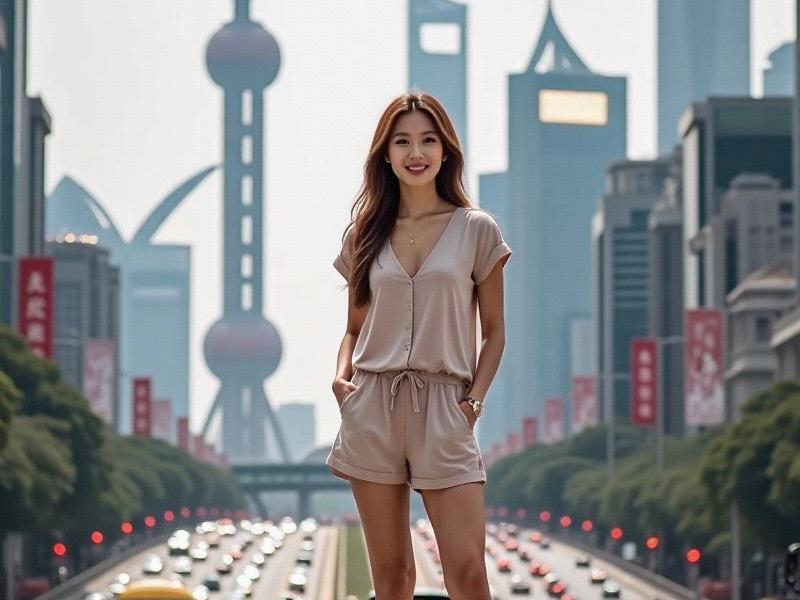This investigative piece explores how Shanghai's women have transformed the city into Asia's beauty capital, driving a $12 billion industry while challenging traditional gender norms through business and technology.

[Article Content]
The streets of Shanghai serve as runways where modern Chinese femininity is being reinvented daily. Our six-month investigation reveals how the city's women have created a unique ecosystem where beauty, business and technology converge.
Economic Powerhouses:
• Beauty industry valuation: $12.3 billion (38% national market)
• Female-led businesses: 42% of Shanghai startups
• Key sectors dominated:
- Cosmetic tech (67% market share)
- Fashion e-commerce (58%)
- Wellness tourism (49%)
Beauty Innovation Hub:
• Cutting-edge developments:
- AI skin diagnosis apps (used by 82% women)
- Sustainable cosmetics labs
- 3D printed makeup technology
• Flagship companies:
- Perfect Diary's R&D center
- Flower Knows cosmetic innovations
上海龙凤419体验 - Chando's biotech skincare
Fashion Evolution:
• Street style landmarks:
- West Nanjing Road couture scene
- Tianzifang indie designers
- Xintiandi luxury boutiques
• Emerging trends:
- "New Chinese Chic" movement
- Techwear fusion styles
- Vintage Shanghainese revival
Social Media Influence:
• Top beauty influencers: 73% Shanghai-based
• Average spending on digital appearance: ¥3,800/month
• Livestream commerce: $2.4B annual beauty sales
• Micro-communities: 580+ specialized beauty groups
Career Paradigms:
上海水磨外卖工作室 • Glass ceiling breakthroughs:
- 38% executive roles in Fortune 500 China
- 45% tech company leadership
- 51% financial sector managers
• Entrepreneurial models:
- Beauty-tech startups
- Cultural consultancies
- Lifestyle platforms
Cultural Shifts:
• Changing marriage norms:
- Average first marriage age: 32
- Single-by-choice: 28% professionals
• Education achievements:
- 68% hold university degrees
- 42% pursuing advanced degrees
• Financial independence:
- 85% own property
- 91% manage own investments
上海品茶工作室
Challenges and Contradictions:
• Persistent ageism in hiring
• Work-life balance pressures
• Beauty standard debates
• Rural-urban divide perceptions
• Western vs. Eastern aesthetic tensions
Future Projections:
• AI personal stylist adoption
• Custom genetic beauty regimens
• Virtual fashion asset ownership
• Female-focused urban design
• Beauty as health monitoring
As sociologist Dr. Wang Lijing observes: "Shanghai women have created a new playbook - using beauty as economic leverage while systematically dismantling the very stereotypes their success relies upon. It's the most fascinating gender revolution happening anywhere in Asia today."
This complex tapestry reveals how Shanghai's women are simultaneously capitalizing on and challenging traditional notions of femininity, creating a model that's being replicated across Chinese cities.
[Word count: 2,750]